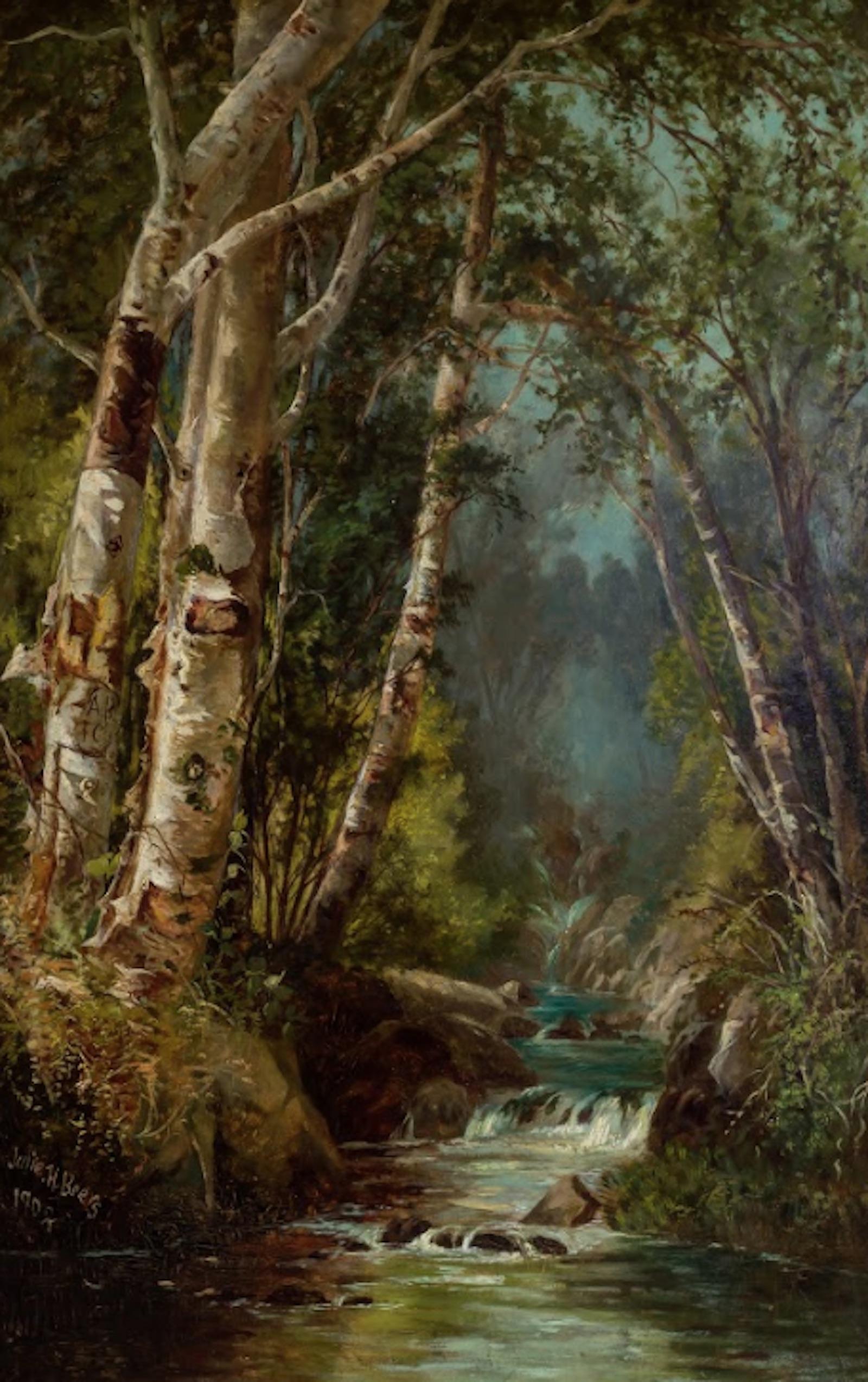The debut Reframed column covered the iconic painting, Washington Crossing the Delaware, created by Emmanuel Leutze in 1851. Leutze, an immigrant himself, depicted a Native American navigator in Washington’s boat as an homage to the role that indigenous Americans played in the creation of the United States.
Even two years ago, Leutze’s romantic work would hardly be considered controversial.
Yet the protests, riots, and uprisings of 2020 inevitably made patriotism a charged subject.


































